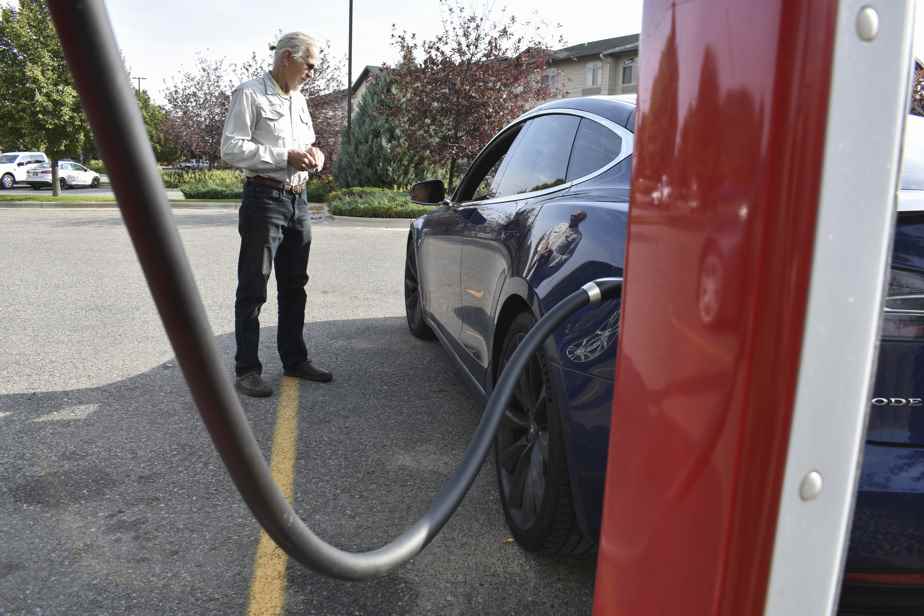(Toronto) As skyrocketing inflation and supply chain bottlenecks put pressure on the zero-emission vehicle industry and on building infrastructure to accelerate their adoption, the Bank of Canada’s Infrastructure (ICB) seeks to fill this “uncertainty gap”.
Posted at 12:51 p.m.
Updated at 5:27 p.m.
The CIB on Wednesday launched its $500 million initiative to boost hydrogen charging and refueling infrastructure for zero-emission vehicles.
First announced this spring in Canada’s 2030 Emissions Reduction Plan and federal budget, the initiative will support Ottawa’s goal to accelerate the adoption of zero-emission vehicles and the addition of 50,000 new hydrogen charging stations and refueling stations in Canada, thanks to partnerships with the private sector.
One of the biggest barriers to adopting zero-emission vehicles in Canada is the lack of public charging and refueling infrastructure. In August 2022, there were approximately 22,000 public charging stations and six hydrogen refueling stations installed in the country.
In an interview, CIB Chief Executive Ehren Cory said the bank had not yet signed any agreements with private partners, but was “having meetings with all parties in the charging sector.
These players include traditional operators such as service stations, as well as companies specializing in the charging industry and even retail businesses.
“Even with the supply chain challenges we face – even in the world we find ourselves in – these economic ideas make sense,” he said.
Financing targeting the private sector is structured so that repayments are aligned with usage levels.
If utilization does not reach certain agreed levels, required repayments will be proportionally lower, and if utilization levels exceed expectations, bank performance will increase proportionately.
The BIC explained that the financing structure was intended to address the uncertainty surrounding the adoption rates of zero-emission vehicles faced by developers and investors.
Cory acknowledged that it could take some time for the charging projects the CIB chooses to invest in to generate revenue.
“We invest in a company and the company charges the infrastructure, and their profitability will ultimately determine how quickly we will be repaid for sure,” he said.
But he is “confident” that the bank “will not only be reimbursed, but will get a return”.
“We have structured [le financement] with a deferral in the early years, then we increased payments, including raising interest rates as usage increases throughout the life of the asset,” he explained. .
The mandate of the Canada Infrastructure Bank is to invest $35 billion in revenue-generating infrastructure that benefits Canadians and attracts private capital.
Since its founding in 2017, the bank has invested nearly $22 billion in capital in new and improved Canadian infrastructure. This total includes 7.7 billion of private and institutional investments.
Mr. Cory believes that the CIB has finally found its place.
“I think we have a much better orientation. We also have a very clear governance process, in the way we make our investment decisions where our shareholder – which is the [gouvernement fédéral] – sets political goals for us,” he said.
“But then we run the investment business in a very commercial way with our board, which is diverse, spans the country, covers a lot of different sectors, but has a ton of commercial experience. So we are able to go faster. »
